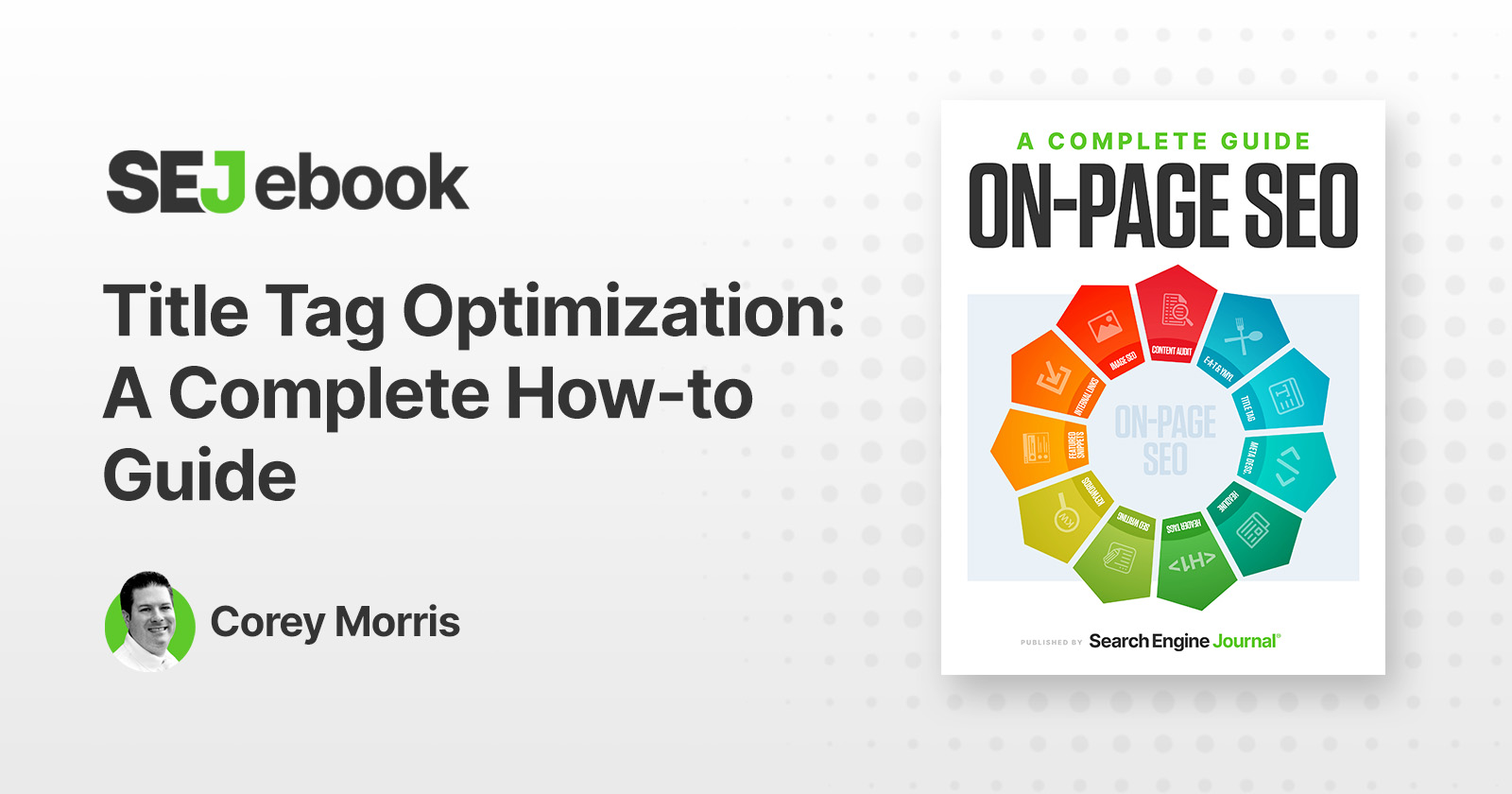Title tags are an important aspect of SEO (Search Engine Optimization) because they help search engines understand the content of a webpage and display it in search results. To write a title tag that is optimized for SEO, you can consider the following best practices:
Keep it short and sweet: Title tags should be no longer than 60 characters, so make sure to keep it brief and to the point.
Use keywords: Use keywords that are relevant to the content of the webpage and that people are likely to use when searching for that content.
Make it compelling: The title tag should be compelling and intriguing to encourage people to click through to the webpage.
Use the brand name: If appropriate, include the brand name at the end of the title tag to help establish brand recognition.
Be consistent: Make sure that the title tag is consistent with the content of the webpage and the other elements on the page, such as the meta description.
Avoid keyword stuffing: don't stuff keywords in the title tag, this can be seen as spammy by the search engines and can hurt your ranking.
An example of a well-written title tag for a blog post about "SEO best practices" might be: "SEO Best Practices: How to Optimize Your Website for Search Engines - My Blog"
It's important to keep in mind that title tags are just one aspect of SEO, and that a comprehensive SEO strategy should include many other elements such as meta descriptions, header tags, content optimization, and backlinks.




.jpg)
.jpg)
0 Comments